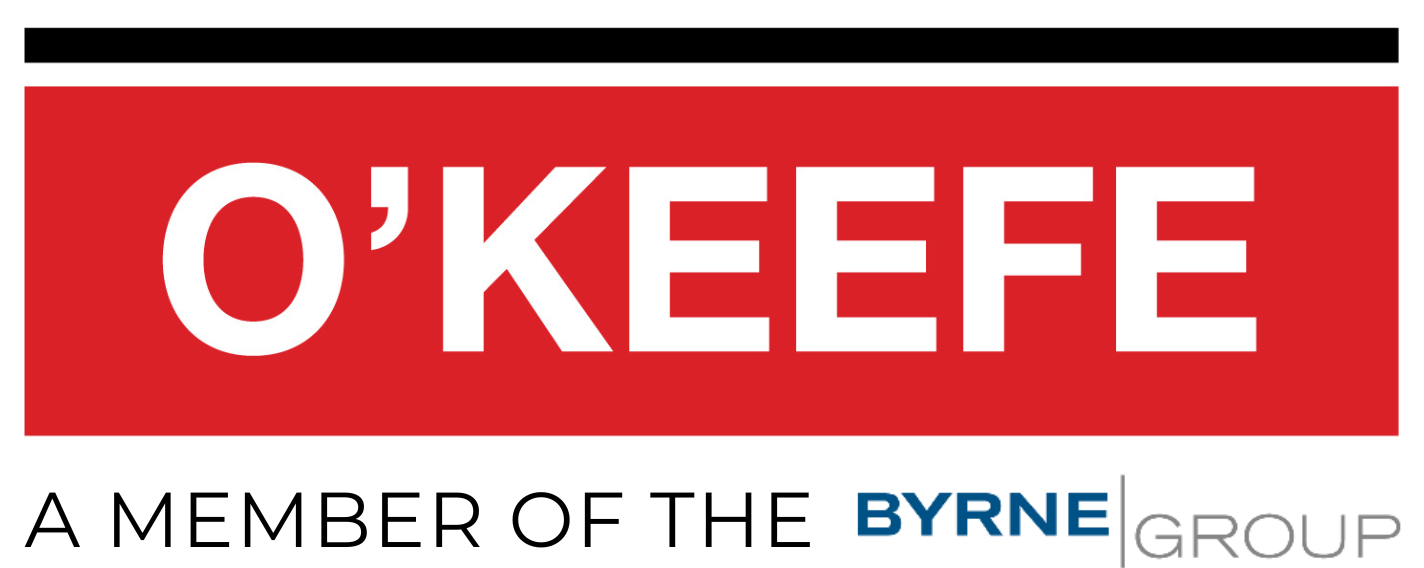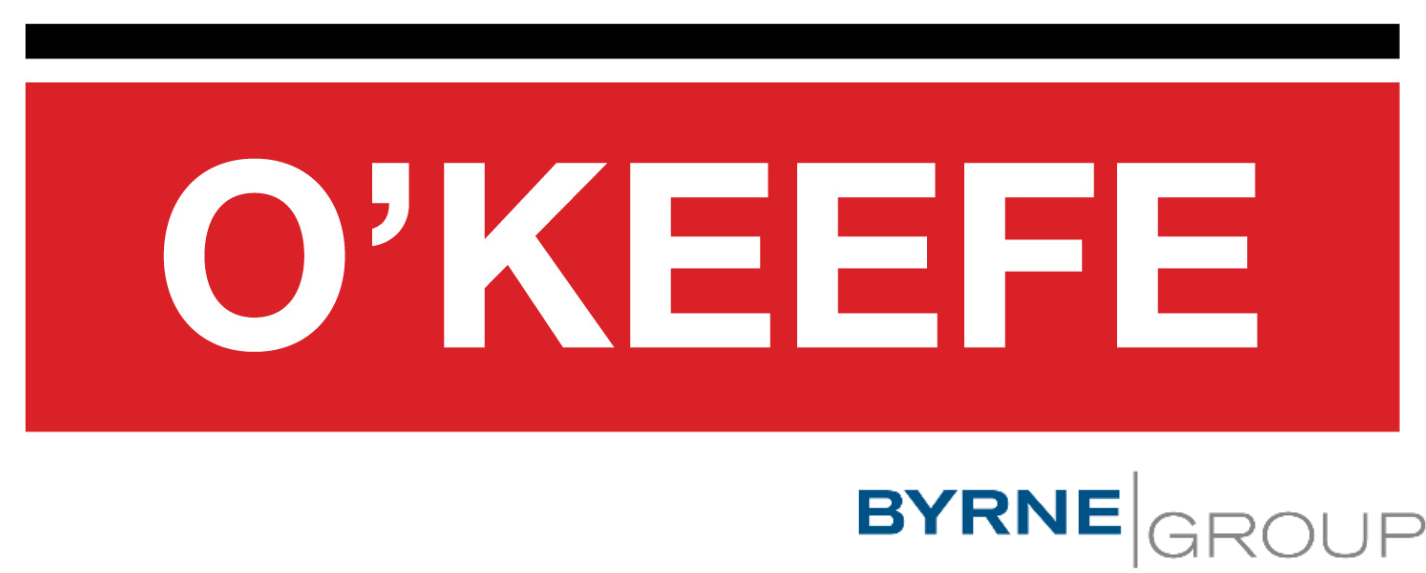Risk does not have to mean danger in demolition
People still think of demolition as being a dangerous industry. In fact, it’s not dangerous, although it is high-risk.
To succeed in the demolition industry today, you have to have the most rigorous health and safety systems in place and you have to be pro-active in making sure your supply chain, including your client, understands their roles and responsibilities under current CDM regulations too.
It could be possible to further minimise risk at the tender stage if clients were in a position to provide contractors with more detailed information on the likes of asbestos, party walls and local authority requirements, together with giving them adequate accessibility to the buildings in question, as this is often not the case until works are almost about to commence.
Nobody’s going to pretend that demolition isn’t potentially hazardous. Like all construction work there is the risk of falling from height, being hit by moving machinery and exposure to hazards like noise and dust.
There are some risks that are more prevalent on a demolition site, such as the risk of a structure collapsing, and contact with harmful substances like asbestos. But all these risks can be managed and, as an industry, demolition has become very good at managing them.
Technology can de-risk
Our job is about de-risking the project for our team carrying out the works for our clients. Demolition has advanced in recent years, especially with technology allowing us to put certain risk avoidance measures in place before works commence. The growth of BIM has allowed contractors to demonstrate the deconstruction process in a virtual way and design any risk out of the project.
The Demolition process is becoming increasingly sophisticated and technological, too. Specialised equipment, such as high-reach excavators fitted with crushers, pulverisers or shears, has evolved to perform the specific duties required on a demolition site. Dust-suppression systems are now routinely employed to minimise the health & safety impact of airborne pollutants which can be monitored via advanced systems over the internet.
Likewise, remotely-controlled demolition plant are standard equipment on the most technically challenging sites. This is all a far cry from the cliched image of a crawler crane smashing a building to pieces with a big iron ball.
Setting rigorous standards
The HSE doesn’t publish separate health & safety data for demolition, but it would be interesting to see specifically how safe demolition is in comparison to the wider industry, as at present we’re judged along with the rest of the industry. Most injuries in construction are caused by slips, trips and falls and they occur in all sectors. Few sectors of construction have such rigorously-enforced safety standards as demolition does these days.
Demolition has probably made more progress towards a zero-incident safety culture than any other sector in recent years. And it’s achieved this through an emphasis on training and professionalism.
Training is ingrained in the industry – and it never stops. To be a member of the National Federation of Demolition Contractors requires your site staff to be CCDO [Certificate of Competence of Demolition Operatives] trained as a minimum. And because demolition has become such a sophisticated engineering activity, new academic qualifications have had to be developed.
In 2017 the Institute of Demolition Engineers together with the University of Wolverhampton launched the first-ever master’s degree in demolition management. This was followed a year later by a foundation degree in demolition management – a two-year course that I am currently studying for.
Demolition does not have to be a dangerous business. You have to accept that there are risks and you have to know how to manage the situation in order to eradicate or avoid them. Do that, and you have a safe working environment.
Credit: Construction News


